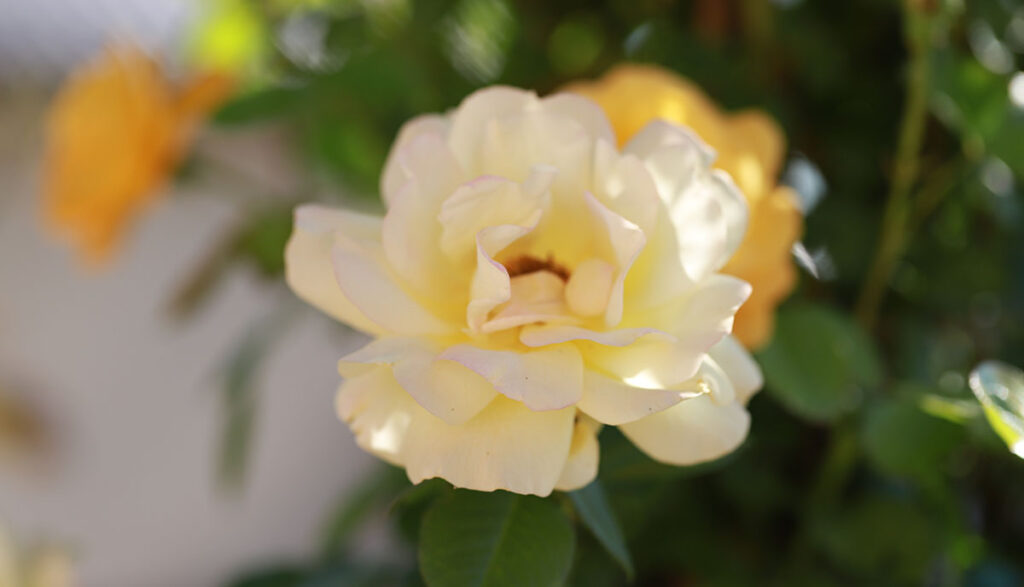The History of Roses
The earliest indication that roses were known to human beings is as far back as 2000 BC and artwork produced around 1200 AD indicates that some species had begun to be domesticated and were evolving.
There are approximately 100 species of genus Rosa, the perennial shrubs in the Rosaceae family and these originally came from the temperate areas in the Northern Hemisphere with most of the species being native to Asia.
A smaller number of species originated in north America with the others coming from Europe and north-west Africa. Despite coming from such a wide area, roses from different regions were easily hybridized and today they have been crossed and re-crossed so many times that it is rather difficult to identify the basic species that were used in the first hybrids.
One thing is for sure, most people these days would not recognize the flower on those original species as being a rose.
It should also be noted that roses are not just for decoration. Some species produce edible rose hips which are rich in Vitamin C and are sometimes used in preserves. Several other species are used to produce attar of roses, a product that is often used in perfumes.
The History of Roses in Australia
It’s possible that roses took quite a while to become established in Australia for the climate was harsh but the earliest Australian rose breeder – defined by National Rose Society of Australia as a person “who bred a rose from a seed that resulted from cross pollination and selection, and had the name of the rose registered with the International Cultural Registration Authority – Rosa” appeared in 1880 when a ‘T Cole’ bred a genuine Australian rose and named it ‘Rev. T. C. Cole” … a yellow climbing rose.
Mr. Cole was just the first and the list of Australian Rose Breeders who bred genuine Australian roses between 1880 and 2016 is extensive (and the number of roses they bred is even more extensive) and includes breeders in New South Wales (including the North Coast), Victoria, South Australia, Tasmania and even one of the more temperate parts of Queensland.
You can obtain a copy of that list here: http://www.rose.org.au/ausroses.html


